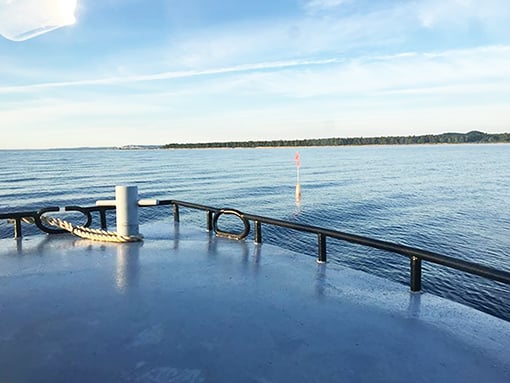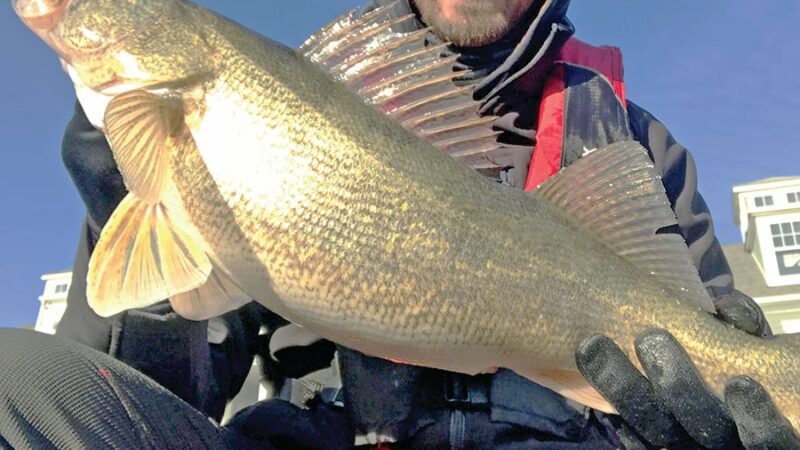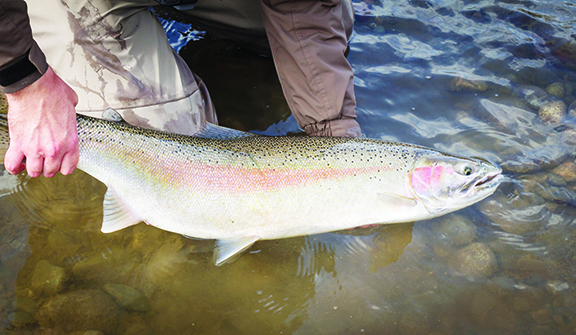Michigan’s Great Lakes Fishing Decree now in effect – Outdoor News

Lansing — Updated guidelines for co-management of fishery resources in parts of Michigan’s Great Lakes are now in effect for the next 24 years.
The new Great Lakes Fishing Decree was approved Aug. 24, 2023, by the U.S. District Court for the Western District of Michigan. In the months since the decree’s signing, the state of Michigan and tribal governments have been preparing to implement the provisions of the document.
This decree is necessary because five tribes – the Bay Mills Indian Community, the Sault Ste. Marie Tribe of Chippewa Indians, the Little Traverse Bay Bands of Odawa Indians, the Grand Traverse Band of Ottawa and Chippewa Indians, and the Little River Band of Ottawa Indians – reserved fishing rights in the 1836 Treaty of Washington. Those rights were affirmed by federal courts more than four decades ago, resulting in the need for a co-management framework that allows for sharing of the fishery resource.
This decree is the third since 1985, and each one has included a fishery management structure that dictates who can fish where, when and how, and what can be brought home or sold.
RELATED COVERAGE FROM MICHIGAN OUTDOOR NEWS:
What a difference 9,000 days could make in Michigan’s Great Lakes fisheries with new consent decree
Federal judge rules on Michigan consent decree
A candid conversation with Fisheries Chief Claramunt
The most recent iteration includes many updates, but the areas that can be fished by tribal commercial fishers and the reporting requirements for the fishing industry are notable provisions that have taken time to implement.
“Tribal fishing regulations needed to be updated to ensure they are consistent with the changes outlined in the new decree,” said Dave Caroffino, DNR Fisheries Division Tribal Coordination Unit manager. “In addition, both the state and the tribes have been preparing electronic reporting systems to improve data collection from commercial fishers, wholesale fish dealers and charter captains.”
The information collected from fisheries is vital to management and will be used by the state and the tribes to monitor fish populations and establish regulations in the future. For more than two decades, the 2000 Consent Decree governed fishing in the 1836 Treaty waters of the Great Lakes, and recreational anglers and boaters grew accustomed to the commercial fishing patterns that resulted from the regulations within that agreement.
The Great Lakes ecosystem has changed substantially since 2000. As fishing regulations have been amended in response to those changes, patterns within the commercial fishery are likely to change, too.
“Anglers may see nets in locations they are not used to,” said Nick Torsky, a supervisor within the DNR Great Lakes Enforcement Unit. “It is important to review the updated maps within the decree to understand where commercial fishing nets may be located.
Being careful and vigilant for commercial fishing nets while on the water is critical to public safety.”
Commercial fishing nets are marked with staff buoys that extend 4 feet above the surface of the water and have an orange flag that is 16 inches by 16 inches in size. Anglers and boaters who encounter nets should give them a wide berth and not interfere with commercial fishing activity.
To read the Great Lakes Fishing Decree and view the associated maps, visit the Great Lakes Co-management webpage.
Source: https://www.outdoornews.com/2024/03/12/michigans-great-lakes-fishing-decree-now-in-effect/






